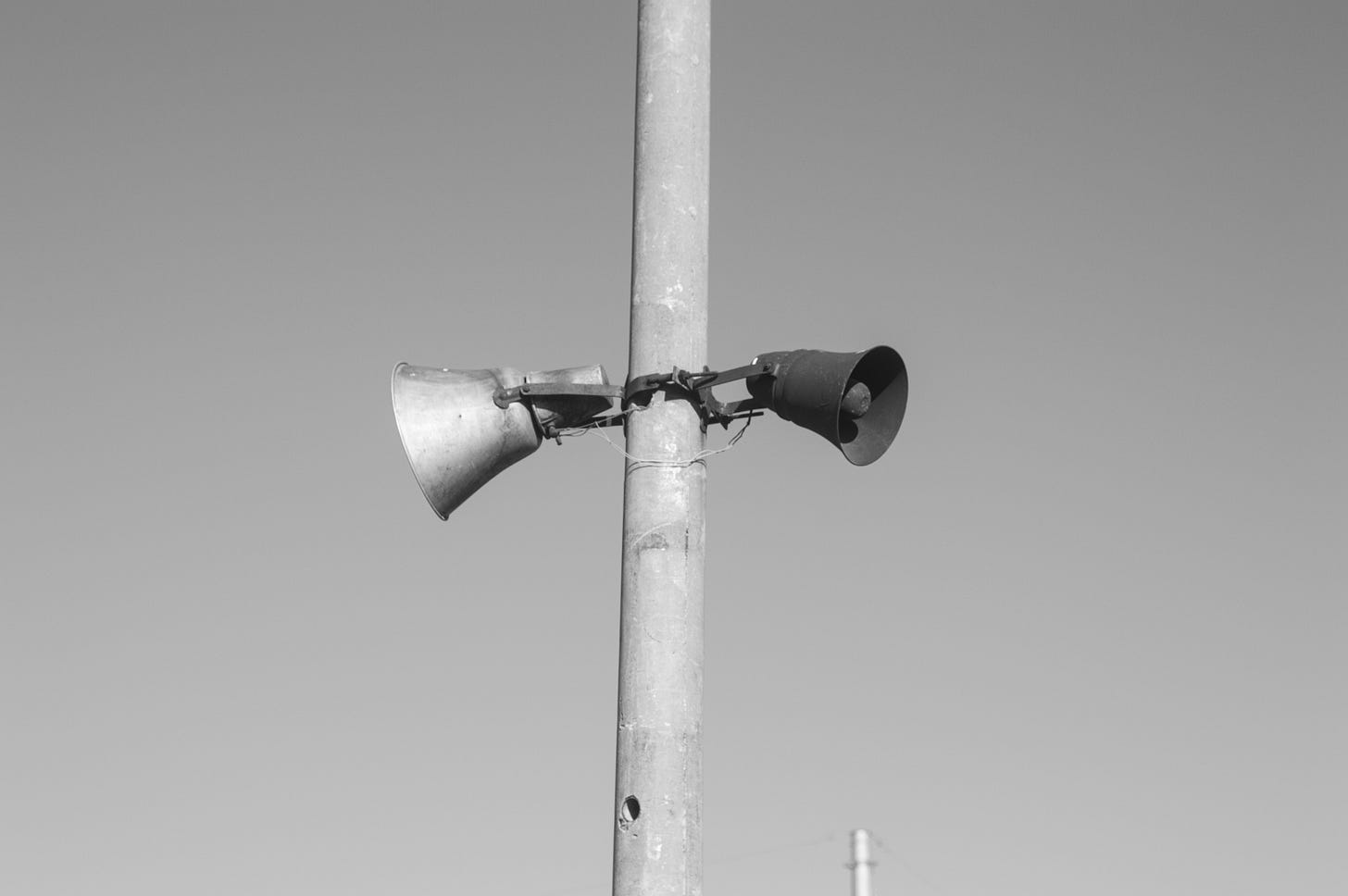It’s hard to say when my addiction actually began. Of course, many of us know our phones can send all forms of futuristic media, whether that be our location, our heart rate, or pictures of cats. It was no surprise to me that my phone was capable of recording my voice and sending it to someone as a voice note, but much like the 200 other features from some Apple iOS launch, I didn’t really care that this possibility existed.
Likewise, I’ve never sent my heart rate to anyone.
But somewhere along the way, I started to send my voice to friends, and even semi-strangers. Let’s be clear: even though the experience of listening to another person’s recorded voice may seem a whole lot like voicemail, it’s a world apart.
COVID’s sudden descent led many of us to do strange things like playing Zoom trivia with friends, and starting a pirate radio station at work in order to bridge the gap of our suddenly-severed social connections. Quickly it was apparent that sending a voice recording or video to a confused coworker could resolve hours of ambiguity in less time than it took to type a wordy message, but these higher-fi forms of communication were mostly reserved for work.
So when did my habit start to bleed into my personal life?
I’d say that’s less of a significant detail (though I credit/blame the wise Dr. Jesso, if you really want to know) than explaining how voice notes enrich my life, and oh-so-hopefully, the lives of those around me.
First, it’s worth remembering that many of us cringe at the sound of our own recorded voices. My advice to you: get over it.
Did you ever know anyone to avoid leaving voicemails because they felt they didn’t like the sound of their own voice, or they didn’t know what to say? No. That would be very strange. Though, in this futuristic year, leaving voicemail is possibly even stranger.
A voicemail was a meagre version of the phone call that didn’t happen. If someone left you a ten-minute voicemail you’d do well to consider if you wanted that person in your life anymore. The medium wasn’t meant to stand on its own, it was a way to leave a fragment of a phone call, which would eventually happen.
A voice note should stand on its own. They tend to range in duration from about three to fifteen minutes, and there are moments when I realize I’ve developed a practice of micro-podcasting for individual people. And it turns out to be one of the most alluring things to listen to on my phone, when they arrive from friends. I’ve fallen way behind on podcast and audiobook listening because I’ve got better things to listen to. Turns out that WhatsApp and Signal have become my podcast players of choice.
Typically, these extended voice note exchanges are with friends who live at some medium-to-great distance, and allow us to philosophize and speculate and update and debate… all in a way that would be preposterous if it came through as a text message.
Now there are a few challenges I readily acknowledge, and I hope the tech wizards can remedy these in their next presentation of the newest 200 features to change the world forever. Fixing these will actually improve my life, more than being able to share my heart rate on X-née-Twitter:
More often than not, I don’t reply to messages immediately after listening. This can result in a bunch of forgotten points, which might require a second listen when I’m ready to reply. Some form of easy notation or snippet-making would be helpful.
Counter to my previous point, having a response voice note that tackles a friend’s previous note point-by-point is actually a little weird and unsatisfying. So I’m not sure that checking points off a laundry list is the best way to do this, and by definition the notes will get longer and longer. The quality of your voice note can be measured by the number of good points you didn’t include.
What’s really interesting about all this is the emergence of a new form of asynchronous, hi-fidelity communication. It’s the letter-writing of our time.
Getting good at voice notes probably doesn’t mean much for improving general social skills, because there are few opportunities when you can (or should) spend seven to fifteen minutes rambling in the presence of other humans.
Where this whole thing gets strange is that I end up rambling for seven to fifteen minutes, entirely alone, but with a friend in mind. In the eyes of our beloved Alien Anthropologist, the human is sitting alone in a room (or car), talking into a glass rectangle, and receiving some of the advantage of good old-fashioned social behaviour.
If you’re thinking of dipping your toe into the world of voice notes, my advice is to ignore this last point I made. If you find yourself recording a voice note to a friend, and start to see yourself as a crazy person talking to themselves in a room, your career as a voice noter will go very far.
But here’s what I’ve discovered after getting eyeball deep in this futuristic form of communication: yes, you can exchange information by voice note. And no, things don’t work well when you’re rattling off line-by-line responses to your friend’s previous note.
Much like spending time with actual friends, the real value is in the residue, the feeling that we’re left with after spending time together.
In our far-flung world, it’s easy to know and stay connected with people in places that we can’t travel to. What we can do, though, is share a bit of banter in a way that no text message or combination of emojis could ever hope to achieve. Letters and emojis are standard and available to everybody, and your voice is your own (and AI’s, but let’s leave that point out of this discussion for now).
It turns out that the grain of the voice can bring people a whole lot closer, even when we’re separated by an ocean.







